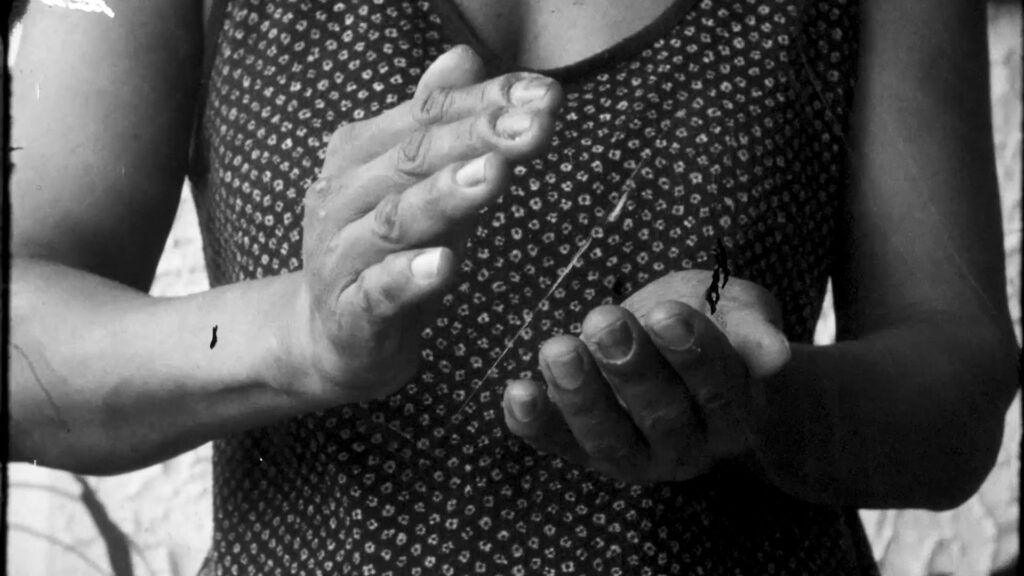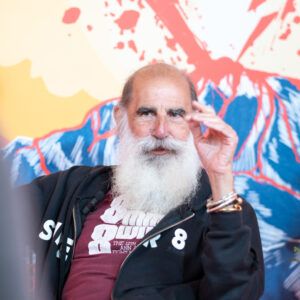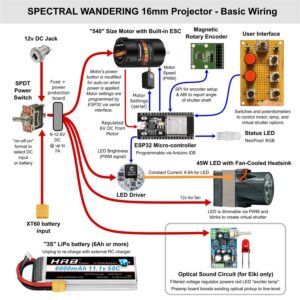Sinais, our recent film programme from Spain and Portugal, seen from the other shore by Ivonne Sheen, the Sinais Latin America programmer.

The experience of capturing and projecting images as an event, a situation, a memory, a detonator, navigation in the underwater darkness. Within the sphere, outside the sphere, in the midst of those ephemeral spaces, we are the ones who watch. We become witnesses to many things.
Our reflection gets distorted and completed with transcendental devices such as the camera and mirrors, the reflective surfaces where multiple planes converge and perhaps some of them remain in the plane of the invisible, but still affect what we perceive and feel to be the act of gazing. I wonder what those people with whom we rub shoulders, elbows, sweat and smiles, in the midst of unnerving cities, think about how our personal side expands and combines with the shadow and reflections of an impersonal yet personal everyone at the same time. Maybe the camera sometimes brings us closer but also distances us; maybe I can touch your fingerprint if I come closer to look not at your eyes, but at the gestures your body apprehended, at the rhythms you cause with materials and those sounds that reveal those frictions. It is a kind of cinema that is made with one’s hands, with one’s body and the material, with one’s body and the machine; and it gets us involved.
There’s always a culprit in the existence of images.
The construction of a city and the persistence of the trees and stones that inhabit them, although the reality is the opposite: it is us that begin to inhabit them. The hands of humans giving them shapes and turning them into structures for living in, historical structures, into a monument. Our gaze in the city became more accustomed to gazing via those cracks and shapes. What do the trees and stones tell us about time and motion? What do they teach us about looking at the colours and glimmers of a body of water? A lake and its sacredness that is an oracle.
The relationships in cities that are criss-crossed by the diaspora and that are remembered in one’s hands, in one’s palate, in the smells. Knowledge based on experiences of eating, planting and seeing plants grow that give us fruit. Fruits that are part of identities. An us with an expanded, migrant memory. One that reminds us of a cystem in which we grew up and which groups like the okupa squatters resist through the essential nature of the right to independent accommodation, which surpasses the violence of the State and which constantly comes up against police violence. The executioners are sometimes those who know best how to observe, but it is an observation in which the gaze is violent and in which we become objects for oppression.
Then a stick man that subverts public space and although it feels marginal, perhaps there is some freedom there at the same time on not being seen as just somebody else, another ID card. His de-corporality absolves him of being an executioner of the image, and his anti-human mimicry is that of an anonymity that resists, embraced by the group of nobodies. And then I also want my eyes to transform and then look with expanded colours, to feed my imagination, my mythologies, to turn my eyes into eyes of water, into an unfinished blink in which some cows walk and the landscape is transformed fragmentarily or into multiple uncoupled colours. Into the eyes of a snake. A neon dance in an urban darkness, like a dream, like an exquisite corpse. In a capital city that fragments and unfolds through the lens of a gaze.
Small eyes that allow you to see in the underwater darkness. Creatures of vibrant colours. Maybe with cinema we can imagine that possibility of a pair of eyes that enable us to have an animal’s scope. Like a bee pollinating flowers, like a hummingbird drinking the nectar in its frenzy. Maybe cinema will again open up our eyes to that motion, to those colours and smells.
The hands and bodies that travelled more time than us, that know how to work with the land and the sea. That weave by hand and chant rhythms of a vital community; perhaps the impossibility of being able to move with that rhythm is redeemed with the film cuts. It is a rhythmic song paying tribute to another rhythmic song. Maybe to a rhythm of the earth, too: a quasi-seismic rhythm.
It is a game between two camera people who free the act of filming from their possession, and instead, the desire to capture reveals the agents. The culprits are also the victims, and we are their accomplices. Undulating dances. Masanao Abe was a scientist and artist who studied the motion of clouds; one has to learn to observe with love and respect; there is a lot to learn from them; perhaps they are also a book that we do not know.
Ivonne Sheen M.
A Coruña, June 2024





